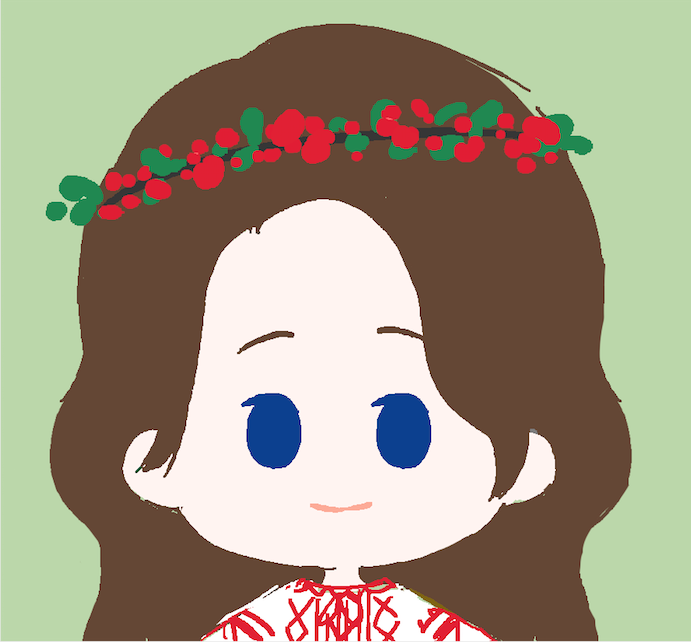The system of phonetic writing in the Japanese language began to develop with the creation of maniogana, in which Chinese characters were used to phonetically reproduce Japanese words. The principle of phonetic use of hieroglyphs still exists today. It has the name 当て字 /ateji/. In other words hieroglyphs actually act as letters to reproduce certain sounds. The method of writing words using the phonetic shell of characters is also called 借字 /kariji/,/shakuji/.
Loan words with kanji

This method used to be common for writing words of foreign origin, but today this role has been taken over by katakana, so nowadays the form of writing ateji has survived only in limited cases. In particular, foreign geographical names are traditionally written with hieroglyphs selected according to the phonetic principle (however, today katakana is more often used here): 亜細亜 /Ajia/ Asia,印度/Indo/ India,仏蘭西/Furansu/ France,阿蘭陀 /Oranda/ Netherland, 烏克蘭 /Ukuraina/ Ukraine.
The traditional hieroglyphic variant of writing geographical names is found in official business and journalistic styles, where often only the first character is used to designate the corresponding country. This form of recording is convenient and compact, which is especially important for media language, for example: 日仏外相会談 /Nich-iFutsu-gaishyo:-kaidan/ meeting of foreign ministers of Japan and France,日独租税協定 /Nichi-Doku-sodzei-kyo:tei/ Japanese-German tax treaty.
Before the spread of the use of katakana to write down words of foreign origin, the latter were also reflected in writing with the help of ateji, for example: 倶楽部/kurabu/ club, 型録 /katarogu/ catalog, 珈琲 /ko:hi:/ coffee, etc. Now such writing has already become obsolete.
当て字 /ateji/ is also used to write some specifically Japanese words, for example: 出度い/medetai/ festive, 野暮な /yabo-na/ rude, 呉呉/kuregure/ again and again; 出鱈目 /detarame/ nonsense, etc.
Have you seen Ateji before? Share in the comments!

